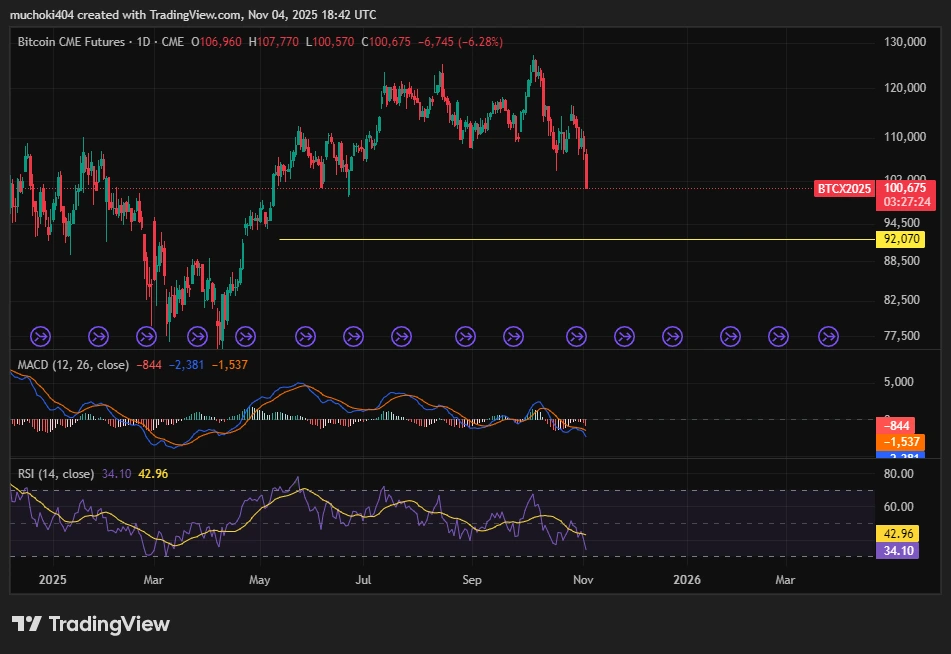U.S. and China Reach Temporary Agreement: One-Year Pause on Rare Earth Disputes Despite Continued Strains
- China and the U.S. reached a provisional trade truce, suspending rare earth export controls and reducing fentanyl-related tariffs for one year. - The agreement includes conditional pauses on new sanctions and Nexperia export bans, with annual renegotiation and lingering strategic vulnerabilities. - Lynas Rare Earths adjusted production amid uncertainty, while Nexperia's shipments resumed to ease automotive supply chain risks. - Market reactions remain mixed as the truce addresses immediate tensions but l
China has decided to postpone its planned export restrictions on rare earth minerals for a minimum of one year, making a significant concession as part of a temporary trade agreement with the United States designed to reduce friction between the two economic superpowers. This arrangement, revealed following a pivotal meeting between President Donald Trump and Chinese President Xi Jinping in South Korea, also features a 50% cut in U.S. tariffs related to fentanyl on Chinese products and a halt to new American sanctions against Chinese companies, according to a
The decision to delay rare earth export controls, a central element of the agreement, directly addresses U.S. worries over China’s dominant position in the supply of materials vital for advanced technologies such as semiconductors, electric vehicles, and defense systems. Previously, Beijing had warned it might limit exports of rare earths and related technologies, leading Trump to threaten 100% tariffs on Chinese goods, according to

Lynas Rare Earths, the leading rare earth producer outside China and based in Australia, has already modified its operations to cope with the ongoing uncertainty. CEO Amanda Lacaze mentioned that the company will "carefully manage production levels" until there is more clarity on China’s restrictions, according to a
The trade pact also resolved a crisis in the global automotive sector that began when China blocked exports from Nexperia, a Dutch semiconductor company owned by China’s Wingtech. The Dutch government had taken control of Nexperia in September over national security concerns, prompting China to stop all shipments from the firm’s Chinese plants, as
This agreement represents a tactical pause in the ongoing economic competition, with both countries maintaining significant bargaining power. The Trump administration highlighted the immediate advantages for U.S. farmers, who will benefit from renewed Chinese purchases of soybeans, and for sectors dependent on rare earths, as mentioned in the MarketMinute report. At the same time, China’s pledge to limit exports of fentanyl precursors—a major U.S. request—remains untested, with critics pointing out the absence of binding enforcement, according to the WSJ analysis.
Market response to the deal has been mixed. While the restart of Nexperia shipments and lower tariffs have brought short-term relief, experts warn that the agreement does not tackle deeper issues, such as China’s technological goals or U.S. moves to reduce reliance on Chinese supply chains, as noted in the Bloomberg report. The annual review and conditional terms highlight the agreement’s fragility, with both sides likely to return to a more confrontational stance if confidence breaks down, the WSJ analysis cautions.
Disclaimer: The content of this article solely reflects the author's opinion and does not represent the platform in any capacity. This article is not intended to serve as a reference for making investment decisions.
You may also like
XRP News Today: XRP ETFs Close to Getting Approved as Companies Overcome SEC Obstacles
- Franklin Templeton removed the SEC's 8(a) delay clause from its XRP ETF filing, aiming for a potential launch this month. - Competitors like Bitwise and Canary Funds similarly revised filings, signaling industry-wide urgency to capitalize on regulatory clarity. - The SEC's recent Ripple settlement removes a major hurdle, with experts predicting XRP ETF approval by mid-November. - XRP ETFs could replicate Bitcoin ETF success by offering institutional-grade access to the third-largest cryptocurrency.

Solana News Update: Core Values or Hype? Solana's Ecosystem Divides the Crypto Community
- Solana's BONK token struggles with 57% price drop vs. MoonBull ($MOBU)'s $550K presale surge as high-risk 1000x play. - Hyperliquid's 65% HYPE token boost via $780M buyback contrasts BONK's failed $26.65M buyback due to lack of utility and revenue. - Bonk, Inc. emerges as institutional gateway to Solana's $3B-revenue ecosystem, bridging meme coins with regulated markets through token scarcity. - MoonBull's 7,244% projected gain and aggressive 27.4% stage jumps highlight speculative frenzy despite Solana'

YFI rises 1.75% on NOV 5 2025 During Brief Pullback and Sustained Upward Trend
- YFI surged 1.75% on Nov 5, 2025, but faces 6.51% weekly/monthly declines and a 44.94% annual drop. - Market remains volatile short-term yet retains long-term bullish momentum from multi-year trends. - Mixed technical indicators show daily RSI recovery but weekly oversold conditions and positive MACD divergence. - A backtest strategy evaluates YFI's rebound potential after 10% single-day drops using 2022 historical data.
Bitcoin Bloodbath: BTC Price Plunges Below $100K as Whales Vanish and Traders Brace for More Selloff
